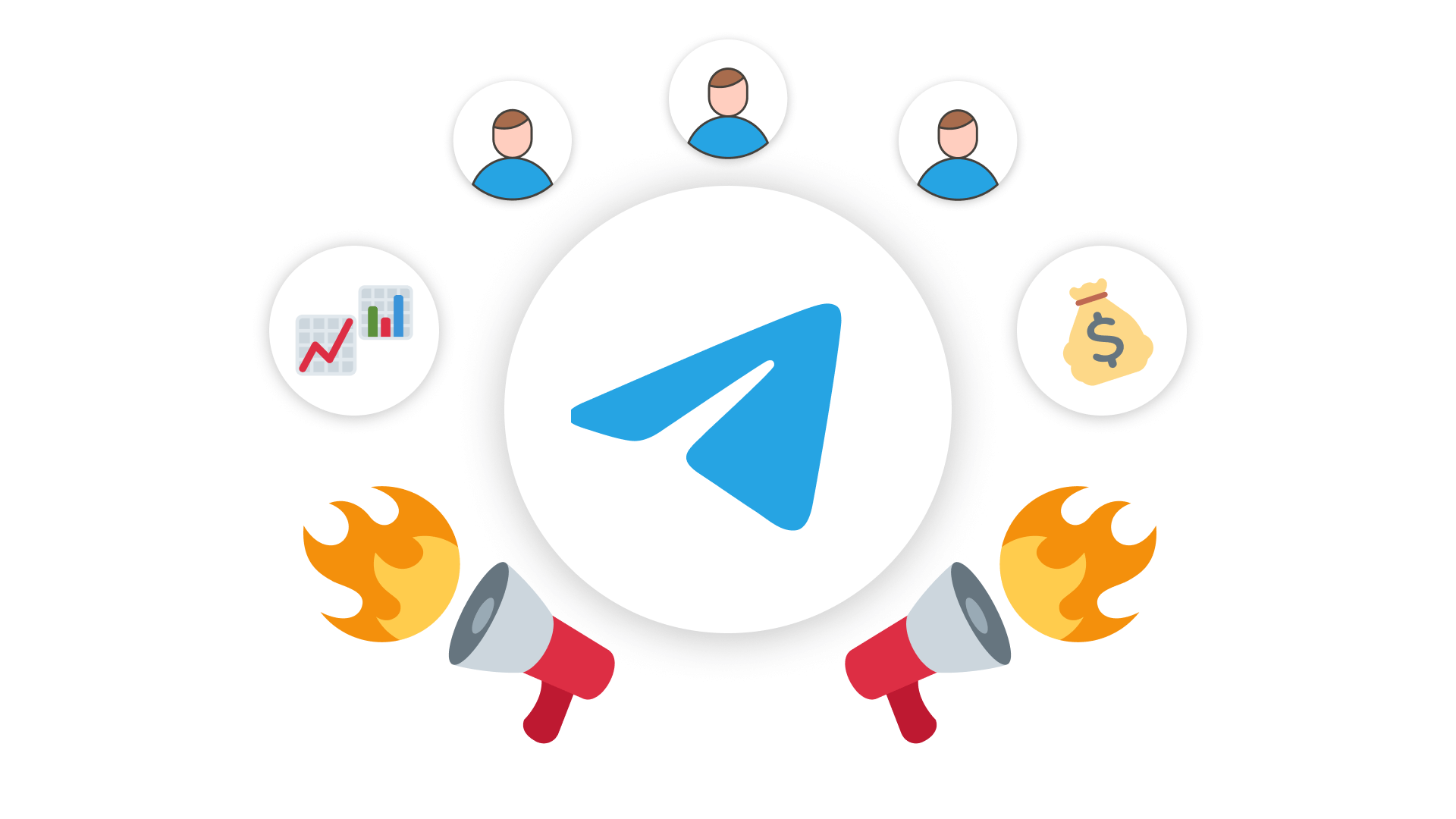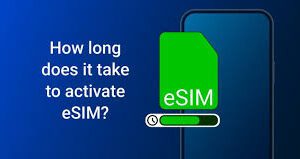Telegram has emerged as one of the most effective platforms for digital advertising. Its unique mix of private messaging, public channels, and bot-powered interactivity makes it possible for brands to reach highly engaged audiences at a relatively low cost.
While many businesses are drawn to Telegram for its potential to deliver high ROI, the truth is that success depends heavily on your ability to measure what matters. Without proper tracking, you might get impressions and clicks but never truly understand which parts of your campaign are generating results.
Measurement is not just about gathering numbers; it’s about identifying patterns, refining strategies, and making informed decisions for future campaigns. A campaign that’s monitored closely and optimized based on performance data can deliver 30–50% better results compared to one that’s launched and left to run without oversight.
Define Your Campaign Goals First
Every successful measurement plan begins with a clear understanding of what you’re trying to achieve. Telegram advertising can serve many purposes – boosting awareness, driving website traffic, generating leads, increasing bot engagement, or encouraging app installs. Each of these objectives requires its own set of KPIs.
For example, if your goal is awareness, you might focus on impressions, reach, and engagement. If you’re aiming for conversions, you’ll prioritize metrics like conversion rate, cost per acquisition, and return on ad spend. Without defined goals, it’s easy to get lost in vanity metrics that look good but don’t actually indicate campaign success.
Key Telegram Ad Metrics to Track
When evaluating Telegram campaign performance, it’s important to track a balanced mix of exposure, engagement, and efficiency metrics.
Impressions and reach show how many people were exposed to your ads, helping you understand the scale of your campaign. Click-through rate (CTR) reveals how effective your creatives are at persuading users to take action. Cost per click (CPC) and cost per lead (CPL) help you measure efficiency and compare campaign performance against your budget. Engagement rate – including likes, comments, shares, and forwards in channels – indicates the level of audience interaction.
Perhaps the most important for many businesses is conversion rate. Whether you are driving sign-ups through a bot, purchases through a mini app, or downloads for an app, conversion rate tells you how well your ad is driving meaningful outcomes.
Use Built-In Telegram Analytics (Where Available)
Telegram offers native analytics for certain advertising formats such as Sponsored Messages, bots, and channels. These analytics show metrics like impressions, CTR, and audience location. For bot campaigns, you can also track how many users started an interaction, how many completed it, and where they dropped off.
While these insights are not as extensive as what you might find on platforms like Facebook Ads Manager, they are highly accurate because they come directly from Telegram’s own systems. They also give you quick feedback without the need to set up complex tracking tools.
Third-Party Tracking Tools & UTM Tags
If your Telegram campaigns drive traffic to websites, landing pages, or e-commerce stores, native analytics will not be enough. You need to integrate third-party analytics platforms like Google Analytics, Mixpanel, or Amplitude to see how users behave after they leave Telegram.
Using UTM tags is crucial for this. By appending structured tags to your URLs, you can track exactly which campaigns, ad creatives, and placements are generating results. This is especially important when running larger telegram paid promotion campaigns across multiple ad formats, as it allows you to identify your best-performing traffic sources and eliminate wasteful spending.
Analyze Bot & Mini App Behavior
Telegram bots and mini apps can be some of the most conversion-focused formats available on the platform, but only if you track user behavior inside them. For bots, you can see how many users start a conversation, how many respond to the first question, and how many drop off before completing the desired action. For mini apps, you can track button clicks, form completions, purchases, and other micro-conversions.
For example, if you find that a large percentage of users abandon the process at a specific step, that’s a clear signal that something needs to be simplified or restructured. These insights allow you to refine the experience and improve conversion rates without changing the traffic source.
Segment by Placement & Audience
Telegram campaigns can perform very differently depending on where they appear and who they target. That’s why segmenting your results by placement (specific channels), geography, and audience type is so valuable.
For instance, you might discover that ads placed in regional language channels outperform those in English-speaking channels for certain products. Or you may find that influencer placements yield higher engagement rates than direct Sponsored Messages. This kind of segmentation allows you to double down on the most profitable placements and cut back on underperforming ones.
Compare Performance Across Formats
Each Telegram ad format has unique advantages, and their effectiveness can vary depending on your goals. Sponsored Messages are often best for rapid reach, while influencer seeding builds credibility within niche audiences. Mini Apps and bots excel at driving conversions and engagement.
Comparing performance across formats helps you identify where your marketing budget is working hardest. Over time, you may discover that a specific combination – for example, influencer seeding for awareness followed by bot campaigns for conversion – delivers the highest return on investment.
Post-Campaign Review & Optimization
The end of a campaign is not the end of the process. It’s the beginning of your next strategy. A thorough post-campaign review should cover performance against goals, the success of different creatives, the ROI of various placements, and audience insights.
From this review, you can make informed decisions about where to allocate budget next time, which messages to keep, and what adjustments are needed. Continuous improvement is the hallmark of sustainable Telegram advertising success.
Conclusion
Measuring the success of your Telegram advertising campaigns is not a task to be left for the end – it’s an integral part of the entire process. By defining goals upfront, tracking the right mix of metrics, and using both Telegram’s native analytics and third-party tools, you can turn raw numbers into actionable insights. The brands that master this process are the ones that consistently improve ROI, scale their campaigns effectively, and stay ahead of competitors.
Success in Telegram advertising isn’t just about showing up – it’s about knowing exactly where you stand and using that knowledge to grow.





























